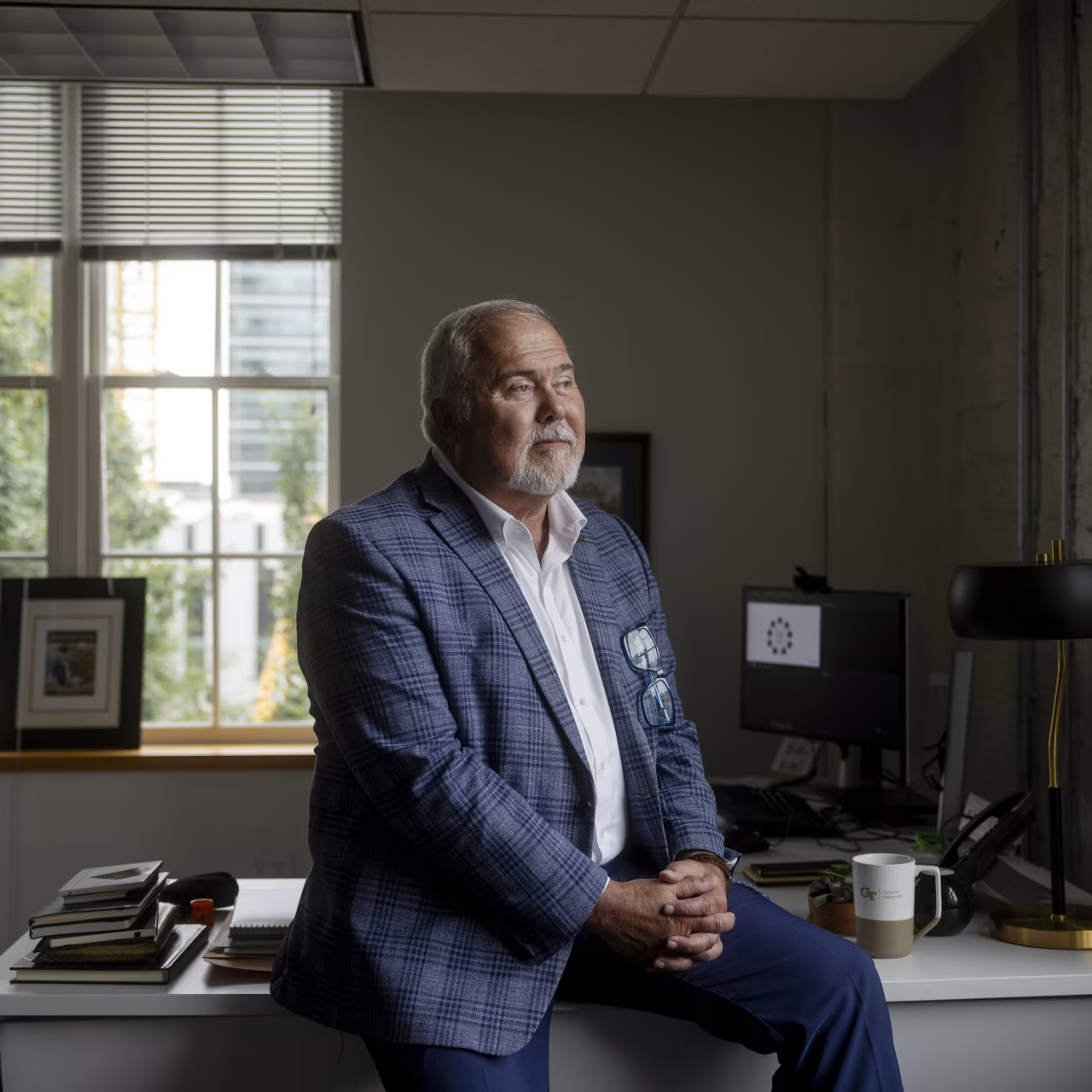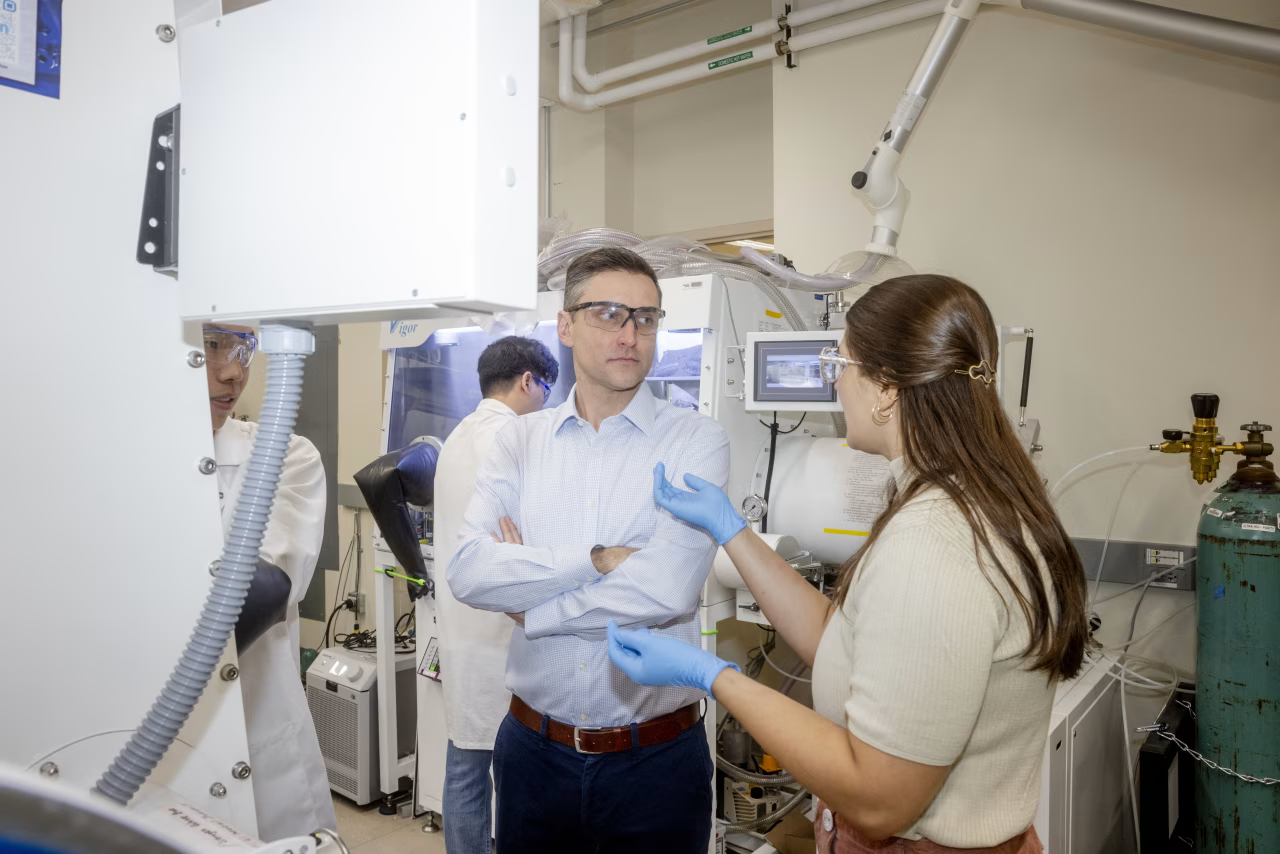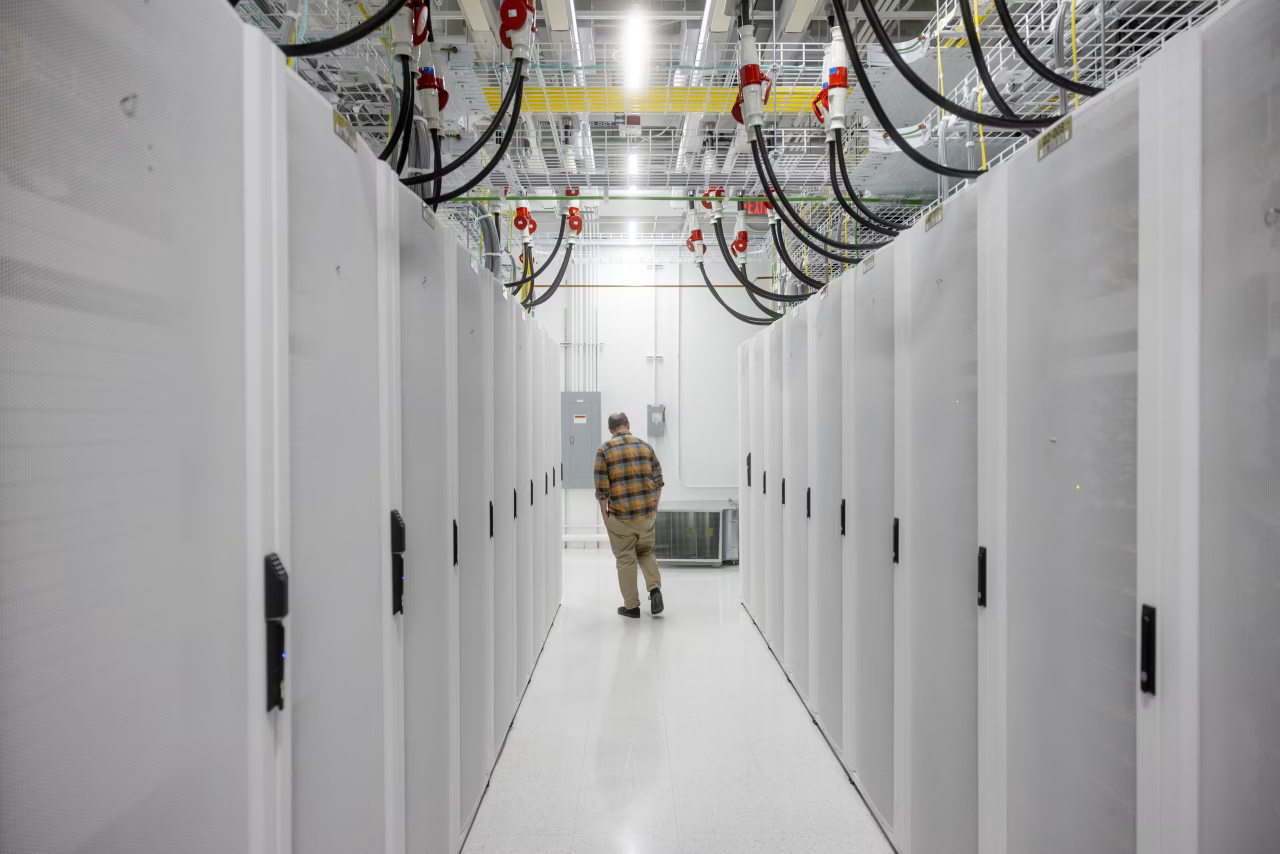Georgia Tech Is Teaching Other Universities a Fundraising Lesson
A strategy for wooing corporate partners offers a blueprint for schools confronting budget shortfalls after federal cuts to science research
By Nidhi Subbaraman | Photographs by David Walter Banks for WSJ
Originally published Aug. 29, 2025 by the wall street journalMark Nolan’s phone has been ringing off the hook.
At a time when the Trump administration isblowing up the traditional government-funded model for scientific research, Georgia Tech’s office of corporate engagement—led by Nolan—has secured nearly 15% of the campus research funding from industry, with corporations spending more than $70 million on research this fiscal year, up 28% from last year.
Nationally, industry spends about 6% of the funds that university labs use in research.
Georgia Tech hit this mark as the Trump administration has cut billions in science grants and is overhauling the way the government funds academic research. As universities try to reshape their budgets, facing cuts or other economic pressures, leaders of top schools are turning to Nolan for advice.
In July, he spoke on three conference panels, sharing tips with other schools about how to pitch companies. He fields multiple calls a week. “I was told Mark Nolan was the person to talk to,” said Ande Durojaiye, who in February was starting up an office for corporate partnerships at Miami University in Ohio.
Nolan’s message: Think big.
The typical way academic institutions find corporate funders is to seek support for individual research projects, Nolan said. Instead, he advises thinking about long-term relationships that offer companies numerous ways to invest.
“We’re not talking to companies just about research agreements,” Nolan said. “We’re talking to them about every way that we could possibly engage with them.”
Soon after he pitched the South Korean automaker Hyundai Motor Group on his theory of multilayered investment over lunch in the university president’s office, the carmaker pledged to invest in the university’s athletic program.
The company’s name is now on Georgia Tech’s football stadium. According to news accounts at the time, Hyundai agreed to pay the university about $55 million over 20 years for the naming rights.
Hyundai also sank an undisclosed amount into roughly a dozen projects at the tech school as part of a yearslong plan to back research into areas such as electric-vehicle technologies and hydrogen as a clean fuel.
In parallel, Hyundai was spending more than $12 billion to build electric-vehicle and battery plants in Georgia. Hyundai said its work with Georgia Tech is unique for its scale, breadth of research and integration with the company’s EV manufacturing plant near Savannah, Ga.
“They’re in many ways a model for the 21st century university,” said Andrew Read, senior vice president for research at Pennsylvania State University, referring to Georgia Tech’s approach to industry partnerships. Realistically, Read and others don’t expect company investments to fully replace federal funding for science, but with budgets at risk they feel compelled to look elsewhere for support.
Based in Atlanta, alongside the headquarters of corporate giants such as Coca-Cola, Delta Air Lines and Home Depot, Georgia Tech is among a small cadre of universities—including Purdue University, the Massachusetts Institute of Technology and others—that have a significant chunk of research money coming from companies.
But about 15 years ago, having established itself as a major research institution backed by government grants, Georgia Tech decided to expand its portfolio. Nolan was hired in 2021 to build on those gains.
These arrangements offer financial benefits to the university and benefit the companies involved, but there are trade-offs.
One reason companies turn to universities, according to Mike Tinskey, a Georgia Tech professor and the campus liaison for Hyundai and others, is that it is cheaper to run work in academic labs staffed primarily by graduate students while also getting the benefit of faculty experts who are top minds in their fields.
But companies are often secretive about their technology and spell out their terms in nondisclosure and intellectual-property-rights agreements.
Work at the lab that combustion scientist Benjamin Emerson oversees, where some 50 graduate students test power-plant and jet-engine parts for companies including GE Vernova and GE Aerospace, is often bound by nondisclosure clauses in contracts that protect the manufacturers’ property.
Because graduate students need published scientific papers to graduate, the lab has run modified experiments without the protected hardware, or under slightly different conditions.
Materials engineer Matthew McDowell leads a project that Hyundai is funding to design new materials for electric-vehicle batteries that are longer-range and charge more quickly. A benefit, he said, is that his students are introduced to manufacturing challenges that companies confront daily but that are often absent from academic research.
“If you don’t do work with the companies, you’re missing a lot of the practical details,” McDowell said. McDowell said his contract stipulates that he owns the data he generates and is able to publish the work in scientific journals.
While the current environment has made scientists and administrators more interested in working with companies, they warn that government support remains crucial.
Federal grants made up more than half of funds schools spent on research in fiscal year 2023, vastly more than what companies spent, and supported work that companies are reluctant to fund.
That includes research that is valuable to society, such as big epidemiological studies that have implications for public health, work that wouldn’t get done without government support, said Bhaven Sampat, an economist at Johns Hopkins University who studies science and public policy.
Government investment also supports early-stage discovery, the kind of preliminary work that isn’t immediately marketable but lays the groundwork for breakthroughs decades into the future.
Quantum science, for example, was studied in university labs for decades backed by federal funding before tech giants, building on that painstaking groundwork, seized on its billion-dollar computing potential.
“I am skeptical that industry is going to fill the gap quantitatively or qualitatively,” Sampat said.
The key to working with corporate partners, according to university officials, is that the deals have to be aligned with the companies’ business interests.
Nvidia equipped a supercomputing hub on campus in 2024, which students use for AI projects. An Nvidia spokesperson said that having students and researchers use their technology accelerates discovery.
When Siemens wanted to find ways to use AI in industry, the technology company reached out to a Georgia Tech lab that studies the practice. It is one of three projects the company supports on campus as part of a $400,000 investment in the school this fiscal year.
“We learn from the university,” said Arturo Pizano, a program manager at a Siemens division. “The university learns from us.”




